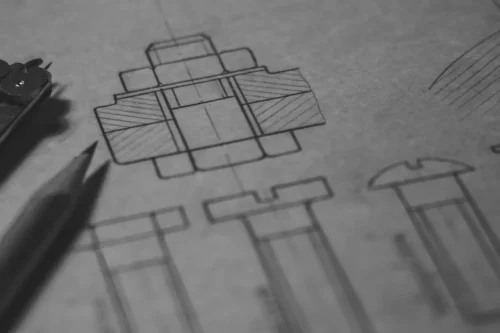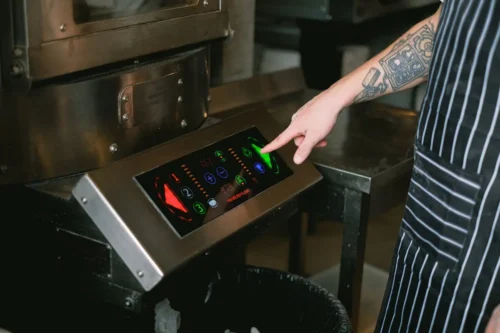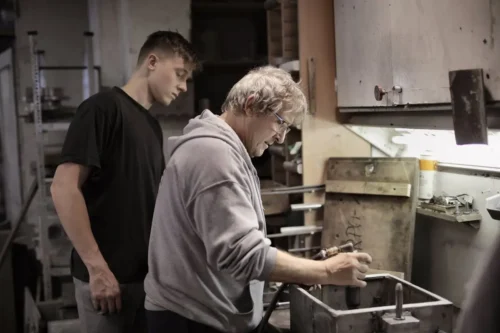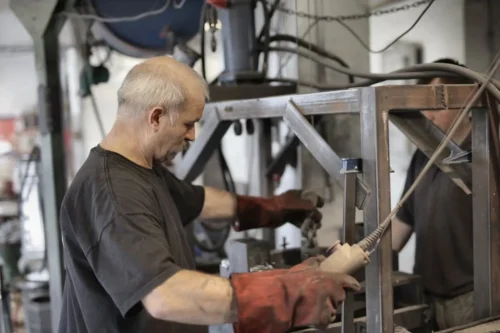Introduction to CAD in production
Imagine a world where your production processes are finely tuned like a well-oiled machine, maximizing efficiency, and minimizing costs. This is the promise of CAD (Computer-Aided Design) techniques. In this blog, we will explore how CAD can revolutionize your production, unlock hidden potentials, and lead to substantial cost savings.

Revolutionizing Production with Innovative CAD Techniques
CAD technology represents a seismic shift in how products are conceived, designed, and produced. By harnessing the power of digital tools, manufacturers can create intricate designs with precision and efficiency. This not only speeds up the product development cycle but also ensures higher quality outputs.
One of the most significant advantages of CAD is its ability to simulate real-world conditions, allowing designers to test and refine their ideas before physical prototyping. This means fewer iterations, less material wastage, and ultimately, lower production costs.
Moreover, CAD enables seamless collaboration among teams, regardless of their geographical locations. Designers, engineers, and manufacturers can work on the same project simultaneously, reducing errors and ensuring a cohesive final product.
With CAD, customization and personalization become more accessible than ever. Manufacturers can easily tailor products to meet specific customer requirements without incurring exorbitant costs or prolonged lead times. This level of flexibility opens up new avenues for innovation and market differentiation.
Efficiency and Cost Savings: The Impact of CAD Technology
CAD plays a pivotal role in enhancing operational efficiency across the entire production lifecycle. From concept design to 3D modeling to prototyping, CAD streamlines processes, minimizes errors, and accelerates time-to-market.
By leveraging CAD automation features, repetitive tasks can be executed swiftly and accurately, reducing human error and freeing up valuable resources for more strategic activities. This automation not only boosts productivity but also ensures consistent quality standards.
The integration of CAD with other manufacturing technologies such as CAM (Computer-Aided Manufacturing) further enhances efficiency by creating a seamless transition from design to production. This integration eliminates bottlenecks, reduces lead times, and optimizes resource utilization.
In terms of cost savings, CAD techniques drive down expenses associated with physical prototyping, tooling, and rework. By catching design flaws early in the digital phase, manufacturers can avoid costly modifications during the production stage, ultimately reducing waste and overhead costs.
Overall, embracing CAD techniques isn’t just about staying competitive; it’s about reshaping the future of manufacturing. By adopting innovative CAD solutions, businesses can unlock their full production potential, drive efficiency gains, and pave the way for sustainable cost reductions.
By embracing CAD techniques, businesses can tap into unparalleled production capabilities, streamline workflows, and ultimately reduce costs significantly. The key lies in leveraging the power of CAD to optimize every aspect of the production process, from design to manufacturing.






